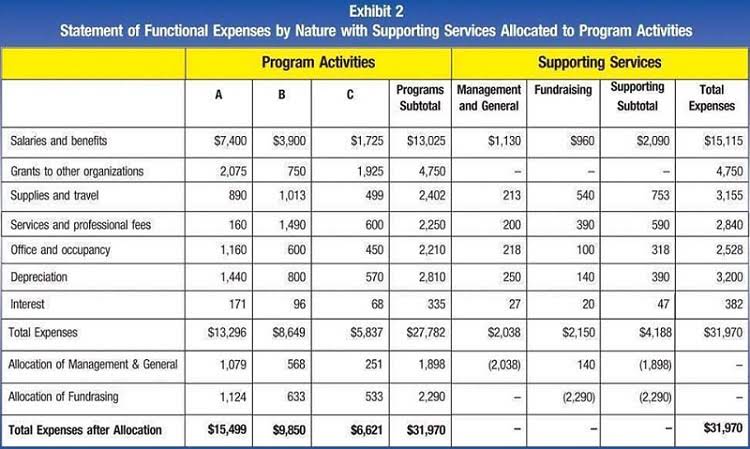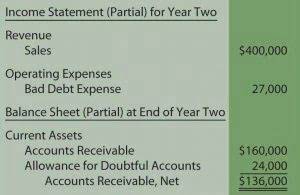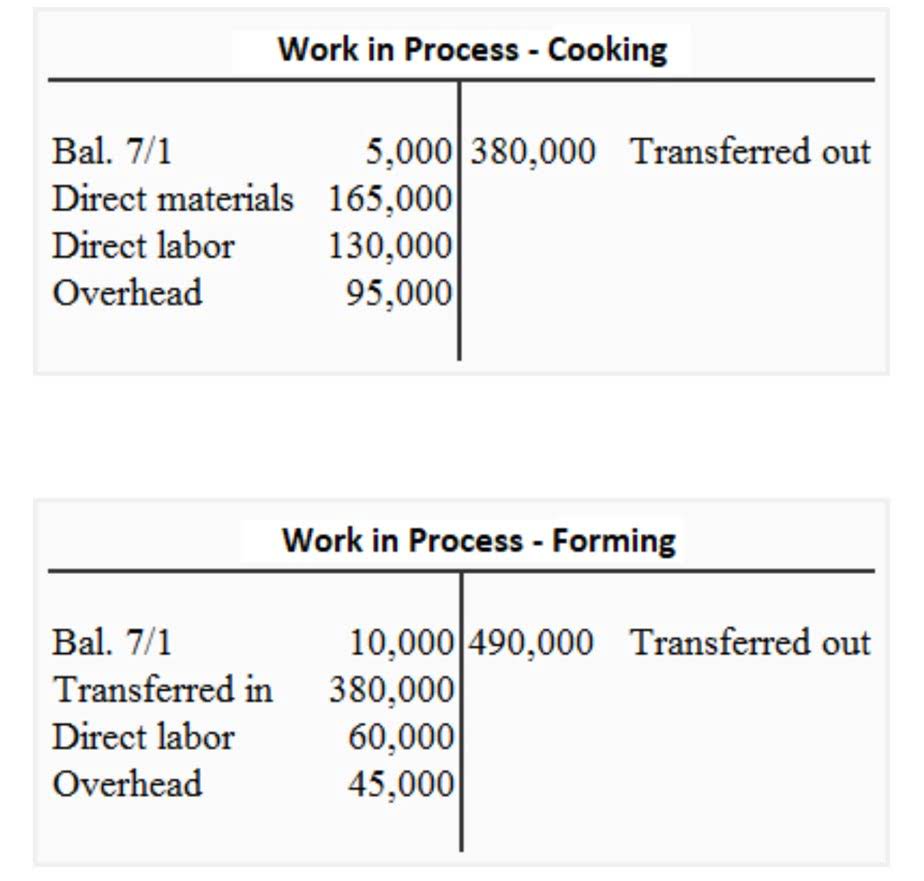
فهرست مطالب:
Full-time employees are often counted as 1.0 FTE, while part-time employees represent a fraction of an FTE. For example, if a full-time work week is 40 hours and someone works 20 hours, that person counts as 0.5 FTE. FTE is important because it helps companies better understand their staff deployment. By using FTE, companies can more easily plan how many employees they need, distribute the workload fairly and manage costs better.
Workforce Planning

It is essential to follow all relevant legal requirements when calculating FTE to prevent how is sales tax calculated legal problems and tax penalties, and to ensure fair treatment for all employees. In this blog, we explain what FTE (Full-Time Equivalent) is and why it’s important for your organization. We’ll show you how to calculate FTE, taking into account flexible working hours and working from home. So, with all the previous steps in mind, let’s calculate the actual FTE based on the specific numbers we’ve used. Stay on top of FTE trends and leverage HRIS tools to master this essential workforce metric. Employee productivity can be measured to determine how much each full-time equivalent generates for the business.
How to Use FTE for Staffing

Knowing how to accurately calculate and strategically apply FTE analysis helps optimize staffing, forecast budgets, align talent strategy to business goals, and support employee retention. With 14 employees, 7 of which are full-time and 7 part-time, the staffing capacity is 9.04 full-time employees per year. First, it is necessary to determine the number of hours worked by part-time employees. While this calculator provides a basic understanding, for more comprehensive insights into your workforce, consider utilizing our Insights Feature. With this feature, you can delve deeper into FTE ratios, analyze labor costs, and make informed decisions about benefits and PTO accrual policies. The number of hours that the FTE represents depends on the company’s laws and policies.

Personnel management: the definition + trends
- With FTE, you can figure out when to hire and whether a full time employee or a part time employee is required.
- There are different methods for calculating FTE, depending on the organization’s needs and the complexity of its workforce.
- In this case, Employee C’s FTE exceeds 1, indicating that they contribute more than the workload of a single full-time employee due to their overtime hours.
- A full-time equivalent (FTE) is a unit of measurement used to figure out the number of full-time hours worked by all employees in a business.
- For example, if a full-time program coordinator makes $60,000 per year for 40 hours a week, a part-time employee working 25 hours per week in the same position (0.625 FTE) would make $37,500 per year.
But to calculate FTE, you need to know the working hours Bookstime and this can be easily tracked by a time tracking software which tracks offline time and idle time. Additionally, there are a lot of benefits of using time tracking software like project time tracking. You can also track project profit and loss which is very essential for the stability of an organization. There is a strong relationship between your staff’s FTE and your company’s efficiency. By optimizing FTE, you can better distribute the workload and ensure that employees can do their work more efficiently.
- While Full-Time Equivalent (FTE) is a valuable metric, it comes with its own set of challenges and limitations that organizations must be aware of when using it for workforce management.
- A full-time employee can be defined by a 40-hour workweek, 8-hours per day, 5 days per week.
- I urge you to use these methods to boost success and innovation in your business strategies, ensuring growth and sustainability in today’s ever-changing business world.
- This includes three full-time employees that work 40 hours per week.
- Knowing your FTE number is also helpful for determining if your organization is eligible for certain benefits programs, such as the Small Business Health Options Program (SHOP).
- Companies use full-time equivalent (FTE) measurements because they provide a standardized way to evaluate and compare the workload and contributions of employees, even when their work hours vary.
Pitfalls in FTE calculations
It sums up the number of hours worked by all kinds of employees including full time and part time workers. A full-time equivalent (FTE) is a unit of measurement used to determine the amount of full-time hours worked by all employees in an organization. If a normal work week consists of 40 hours, an employee who works for 40 hours per week has an FTE of fte meaning 1.0 while a part-time employee working only 20 hours per week has an FTE of 0.5. To calculate the total FTE, add the number of FTEs worked by full-time employees (1 FTE for each full-time worker) to the part-time FTE you calculated in step five. Next, add the total hours worked by full-time employees and the total part-time hours worked by part-time employees. Calculate the FTEs by determining the number of hours worked by full-time or part-time employees in a year.

Full-time equivalent (FTE) is the number of working hours spent by one full-time employee during a fixed period, which may be one week, one month, or, for example, one year. It also impacts the calculation of labor costs and forecasts project budgets for the future. Based on the FTE calculations, managers can decide on the number of people required for a project in the future – let’s say, whether it is reasonable to hire one more developer or not. Knowing the FTE (Full-Time Equivalent) for HR is crucial for effectively managing part-time workers, controlling labor costs, and making informed decisions on benefits and PTO (Paid Time Off) accrual.
- By strategically managing FTE, you improve the efficiency and effectiveness of your personnel management.
- Knowing this will help you stay compliant with state and federal laws.
- FTE is a vital metric that enables organizations to make informed decisions about staffing, budgeting, and resource allocation.
- By understanding and applying FTE properly, you can deploy your staff more effectively and budget better.
- To identify the FTE for part-time positions, divide the total number of part-time hours worked by the number of hours worked by one full-time worker.
- Knowing FTE helps you plan staffing, budget smartly, and make fair decisions about benefits and compliance.
- While reporting agencies may only require counting these employees if they work more than 120 days per year for ACA compliance purposes, it is highly recommended to track their FTE for internal use.
Full time employee vs part time employee
This includes three full-time employees that work 40 hours per week. One part-time employee who works ten hours per week and one part-time employee who works 25 hours per week. Your FTE number is also an important factor in determining if you’re considered an applicable large employer. An applicable large employer means that you have 50 or more full-time employees or a combination of full- and part-time with a total FTE of 50.
As was the case with the monthly FTE, this equation presumes that all work weeks had a total of 153 work hours. The IFTE of 4 employees equals 160 work hours (assuming a regular work week has 40 hours). FTE allows companies to assess workforce capacity and the real performance of their team, the individuals within that team, entire departments, or even the company as a whole.